Wildflower seed planting time is upon us and we’ve got you covered with some fabulous Hill Country Pollinator Mix seed packages. Our mix for 2020 has double the varieties of wildflower seed that it had last year! You can get a 1/4 lb. bag of this special blend at Rainbow Gardens and you’ll be able to plant a 500 sq. ft. wildflower meadow or spread a little pollinator love in multiple places. Take a look and get a glimpse of the beauty these wildflower seeds will produce come spring. But don’t wait to plant in spring, you’ll be too late, and the wildflowers won’t wait!
If you need a little help figuring out how to have the best success with planting wildflowers, head over to our “Planting Wildflowers in San Antonio” guide for some great tips.


8 Hill Country Wildflower Seeds for San Antonio, Texas
We’re breaking down the ingredients in the Hill Country Pollinator Mix wildflower seed bags in a series of three blogs. We’ll go in order from top to bottom and give you the scoop on all these wonderful wildflower seeds we’ve packed up for you to take home. So here we go; let’s get wild about wildflowers! Click the following links for the next blogs in the series: Part 2, Bluebonnets, and Part 3, and Part 4.
Bachelor’s Button/Dwarf Blue Coneflower (Centaurea cyanus)
Blue! This annual wildflower is that true-blue color that is rare in the garden. A double-bloomed (look at all those petals) wildflower, that grows to a mature size of 12″-24″, Dwarf Blue Coneflower is one of the easiest wildflowers to grow from seed. They are beautiful in both fresh and dried arrangements, and will bring plenty of native pollinators to the garden. And guess what? The petals are edible! Full sun and well-draining soil is a must.
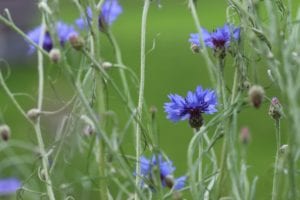

Bird’s Foot Trefoil (Lotus corniculatus)
You get 3-8 bright blooms in a whorl on each stalk of these sunshine-yellow wildflowers. Growing to a mature height anywhere from 8″ to 24″, you’ll find these wildflowers blooming June through August. Full sun, well-draining soil. Perennial.
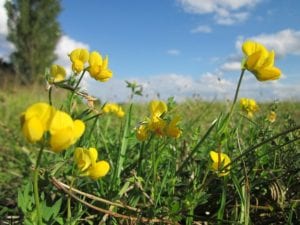

Black-eyed Susan (Rudbeckia hirta)
Looking for a cheerful, easily-adapatable type of of wildflower? Look no further than the Black-eyed Susan. Golden-yellow petals shoot off the domed, brown center like rays of sunshine. Black-eyed Susan are some of the most common wildflowers and also some of the nicest… they are very forgiving if you neglect them a little bit. These plants need full sun and can tolerate most any well-draining soil. Deadhead throughout the summer to encourage more blooms, but leave a little to go to seed because the second year you will get more blooms than the first. These deer resistant biennial wildflowers grow to about 24″ T.
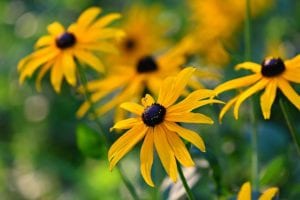

Blanket Flower (Gaillardia)
A tough, fiery-hued, drought-tolerant, perennial wildflower that loves the sun. Grows to heights of about 18″-24″ and is easy to grow. It’s not particular about soil type as long as it drains well. Dividing clumps of Blanket Flower every 2 years or so will keep your plant looking healthy and vigorous. A short-lived perennial, so after 4-5 years, you should add some new plants.
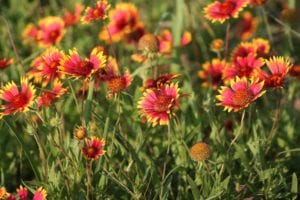

Blue Flax (Linum lewisii)
A sweet, dainty wildflower that grows 18″ – 24″ tall, but doesn’t always look that height as it tends to lean over in charming way. You’ll see these blue-purple, five-petaled wildflowers coming into bloom March through September. Drought tolerant, and native bees love this one.


Butterfly Milkweed (Asclepias tuberosa)
You’ve most likely seen this milkweed at Rainbow Gardens where we always try to bring it in for the monarch butterflies. Easily germinated by seed, though the plant won’t come until late spring as it needs the warmth to really get going. This milkweed will bloom late spring through fall, perfect for the arrival of pollinators. Mature hight of about 1.5′ to 2′ with bright orange clusters for flowers. Unique to other milkweed as it doesn’t have the creamy, milky sap, but rather a translucent sap.


photo credit: SAWS
California Poppy (Eschscholzia californica)
California poppy, or Golden poppy is a delightful wildflower. In colder climates it is considered an annual, but in our area it is a short-lived perennial. This wildflower is real sun worshipper, opening when the light beams down on them and closing when clouds arrive or at the end of the day. Average height for California poppies is about 1.5′.
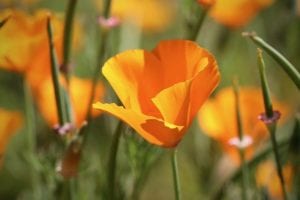

Clasping Coneflower (Rudbekia amplexicaulis)
This annual wildflower looks a little bit like the Black-eyed Susan and Mexican Hat (Prairie coneflower), but it has clasping leaves (meaning the leaves partially encircle the stem). Long yellow petals with a rusty-purple base droop away from the flower’s center, creating an adorable appearance with one flower on each stem. Average mature size is 30″ T. Blooms spring through summer and tolerates a variety of soils. Bees and butterflies delight in these wildflowers.
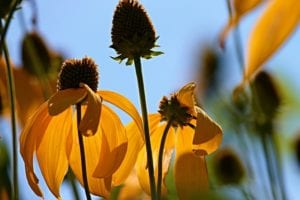

And there are the first eight ingredients in the Hill Country Pollinator Mix wildflower seed packages. Is your interest peaked yet? Can you see how your wildflower meadow can continuously grow spring through summer, even into fall as the different bloom times arrive for each wildflower? Ready for more info on Wildflower Seeds for San Antonio and the Hill Country? Check out Part 2, Part 3, Part 4, and our Bluebonnet blog. And for even more information on wildflowers, check out these expert sites: Wildseed Farms and Ladybird Johnson Wildflower Center.
To end, a quote from Ladybird Johnson herself: “Wildflowers are the stuff of my heart!” Enough said! ~ The Happy Gardener, Lisa Mulroy

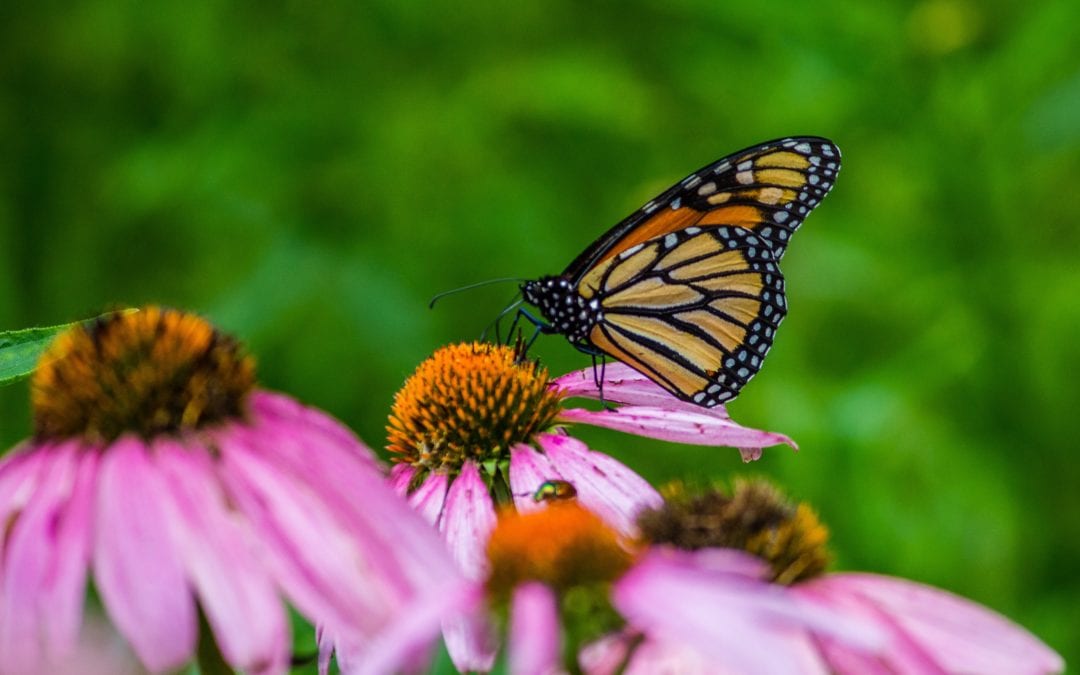
Trackbacks/Pingbacks